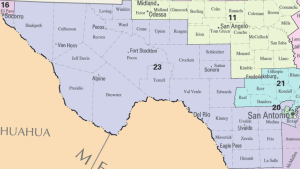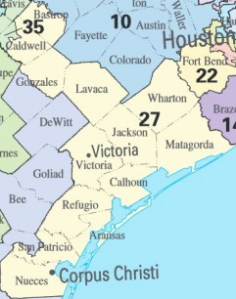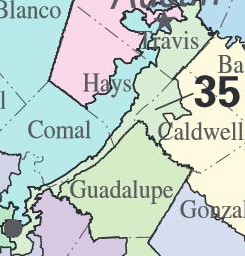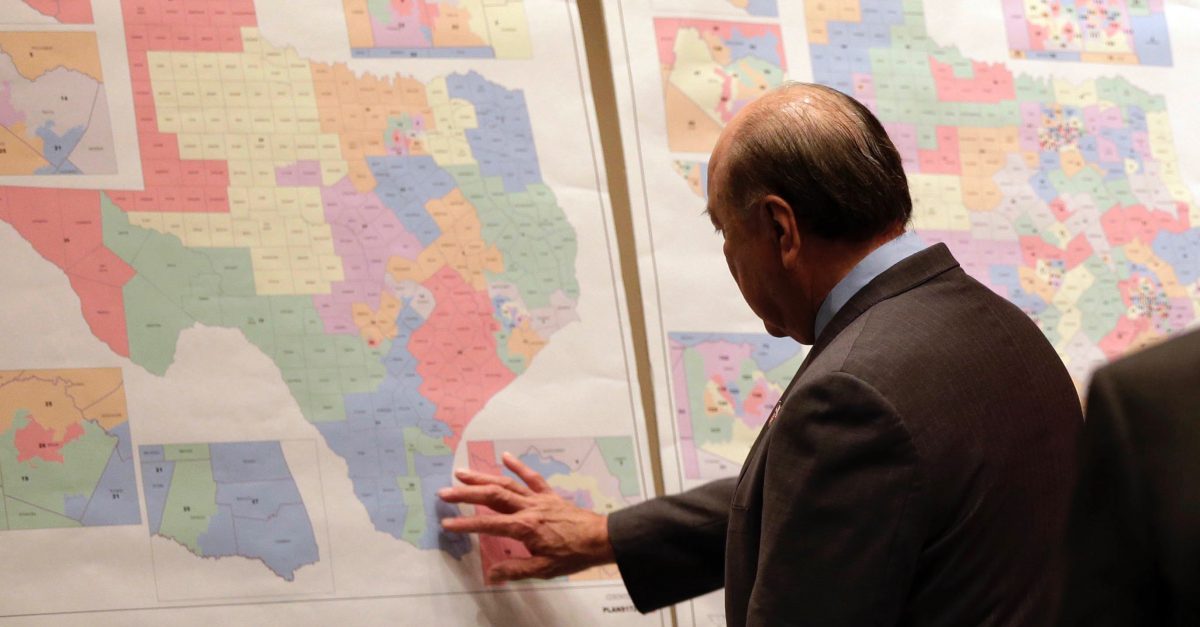A panel of federal judges ruled Friday that Texas can’t be racist.
Videos by Rare
While the narrative of white v. black is a common theme in elections, it appears conservatives tried to ensure such a dynamic would get them elected to office after they drew a few districts based on race in 2011, specifically Congressional Districts 23, 27, and 35.
RELATED: A federal court just made a big ruling regarding Texas voter ID laws
Redistricting followed the 2010 census, but the boundaries were quickly challenged in federal court and ultimately ruled unconstitutional last week based on, as the majority described it, lawmakers’ intents to “reduce the influence of minority voters.”
Conversely, a dissenting judge defended the three districts, one of which is held by a Democrat, citing a lack of evidence of racial motivations. This aligns with the U.S. Supreme Court’s ruling that stuck down an important part of the Voting Rights Act, which required Texas to seek permission to make changes to election procedures.
SCOTUS also unanimously upheld Texas’ system for drawing legislative districts based on equal population last April; however, the boundaries have been continuously challenged, and there doesn’t seem to be a solution other than for lawmakers to stop being racist.
Cracking and packing populations across the borders has given the districts some pretty crazy shapes, especially the three at the center of the federal judges’ panel decision.



No word on if the state will challenge the federal ruling further, but with President Trump’s ultraconservative nominee Neil Gorsuch set to join the Supreme Court, pending Senate confirmation, Texas’ luck with the high Court’s ruling may continue, and the decision could be reversed.
RELATED: Neil Gorsuch, Trump’s Supreme Court pick, founded a rather interesting club in high school
With a Republican majority controlling both the House and Senate in Washington, Gorsuch probably won’t face too many hurdles on his way to the bench.
The saga continues.



